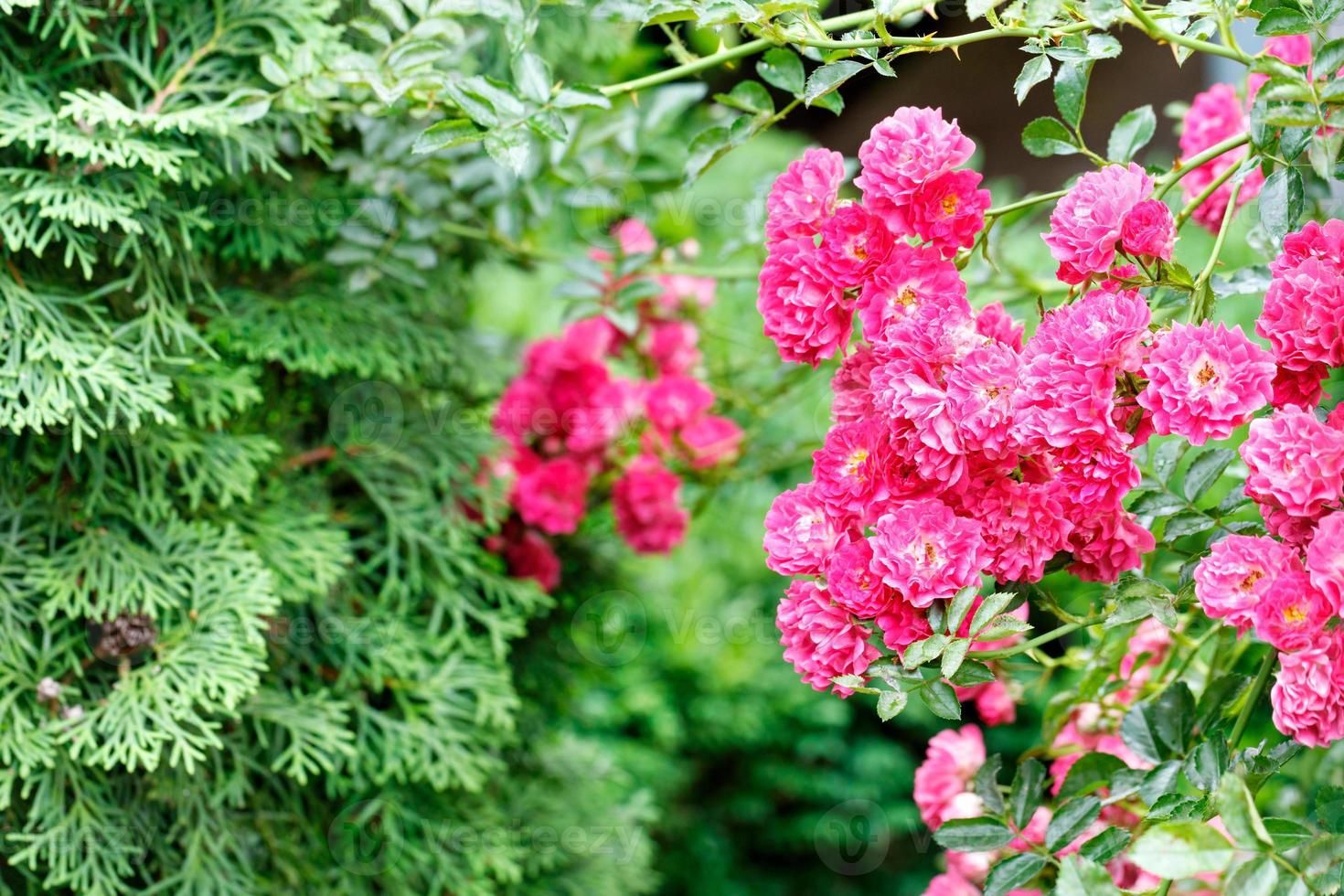A garden is a real place of relaxation, and it is essential that it is well laid out, especially if you are a great lover of nature and want to spend unforgettable moments with your loved ones. Apart from the advantages of having a green space in the yard, it is obviously necessary to carry out various works to maintain the beauty of this place.
For proper design and maintenance of your garden, consult the information available in this article. So, without further ado, let’s dive into this blog and learn about some of the things you need to know about taking care of your garden.
1. The association of crops

The association of different crops is a method of gardening that is very well known. This practice stems from the realization that the plants in the garden must interact with each other to grow better. For optimal results, choosing the right seeds to plant is important. Although there are several possible associations, some are more practical than others. For the association to be successful, it is important to understand the principle and to look for the best combinations.
2. Mulching
Mulching is a method that consists of covering the soil with organic or mineral mulch. It is a reproduction of a natural process that occurs in the forest. This method is mainly used in vegetable gardens or at the foot of young trees. In addition to limiting the evaporation of water from the soil, this practice also prevents the development of weeds. Finally, organic mulches improve soil fertility as they transform into humus over time.
3. Choosing the right garden design

There are many ideas for garden design. We offer many ideas that can help you with your choice. To successfully design a garden, you must first define access to all corners. It is also customary to install living spaces, the ideal solution to enjoy original moments with your family. Finally, installing screens or a plant separation is advisable to protect from prying eyes.
4. Paying attention to plant watering
Even if watering favors the growth of plants in the garden, it can also lead, in some cases, to the development of various diseases. To get the best results, knowing when and how to water is important. Plants, in particular, need water during the spring, especially when they are in their growth phase. It is best to water them heavily in the morning but less often to avoid creating a damp environment.
Indeed, humidity is conducive to the development of fungal diseases. It is also advisable to keep the leaves as wet as possible when watering the feet of the plants. Finally, it is important to know that potted plants require more watering than plants in the ground because their water reserve is very limited.
5. Attracting garden creatures with a hedge

Garden pests are very important in pollinating flowers, as they feed on insect pests. To attract them, the hedge is very effective. Birds will find shelter, and pollinators (bees, butterflies, etc.) will benefit from the pollen and nectar of the flowers. The country hedge can be easily integrated into any garden, regardless of its style. It is also very resistant to disease and fairly easy to maintain (it requires only one pruning per year).
6. Protecting your garden plants
In order for your plants to grow and flourish, you must protect them. This is also a tip for good garden maintenance. Indeed, in addition to the climatic hazards, animals and insects are the threats that hover over the blooming of your plants. To preserve them, you can use some natural tricks. For example, you can use pepper to keep worms, rodents, slugs, and others away.
To do this, simply mix the seeds of your plants with pepper before planting them. Alternatively, you can use vinegar to keep your dog away from your plants. Just pour a small amount around the plants, and you’re done. Mint is also something that will keep insects away from your garden. You can use it to protect your most precious flowers. Apart from all these natural tricks, you can make a natural insecticide from the lemon peel or buy it from a magazine.
However, for these hosts to perform their role properly, their shelter must be placed at the bottom of the garden, sheltered from the wind. In addition, the insect hotel should be installed about 30 cm above the ground to avoid humidity. Also, make sure that it faces south. The best time to install an insect shelter is either early winter or fall. Doing so will protect the larvae from the cold during the winter period.
Sound off in the comments section below, and tell us what you want to read next and if you want to read more about taking care of your garden.






1 Comment
May I simply say what a comfort to uncover somebody that actually understands what theyre talking about on the internet. You definitely realize how to bring an issue to light and make it important. A lot more people ought to check this out and understand this side of the story. I cant believe you are not more popular since you definitely possess the gift.